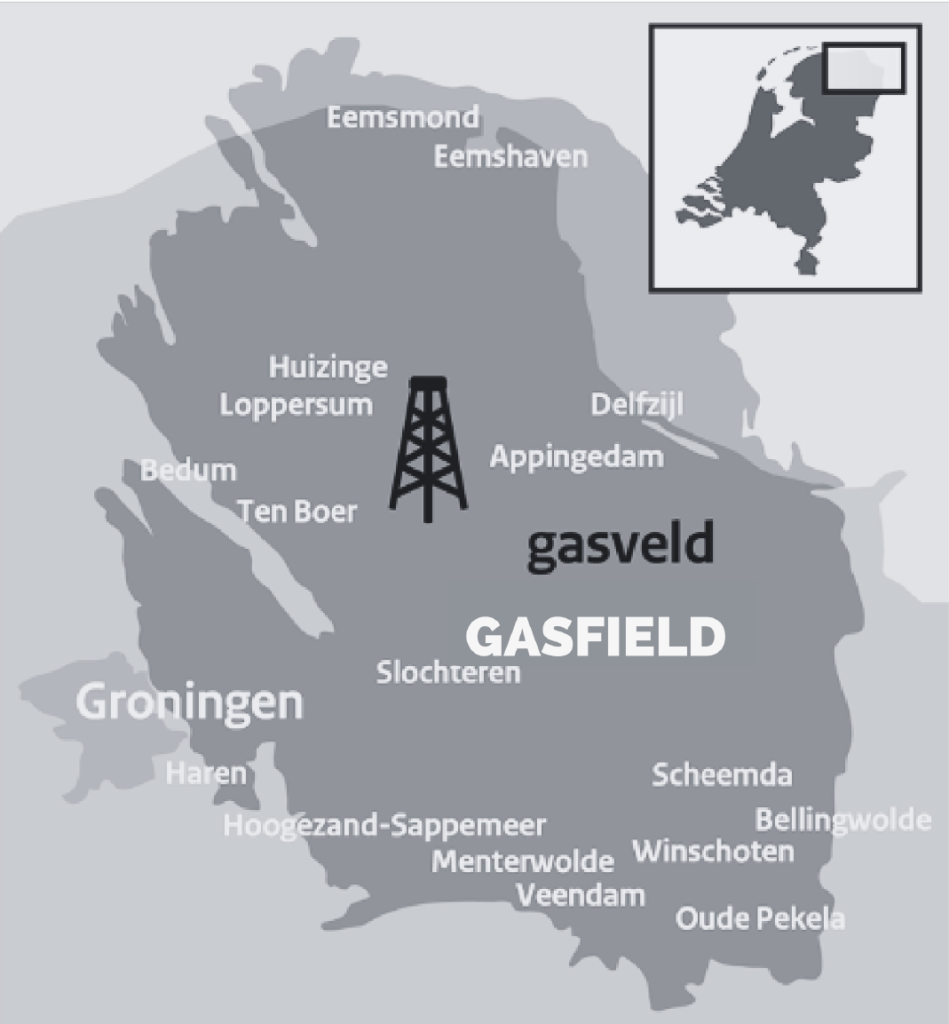“Community participating in self-repair is already a consequence of chronic crises, but not all communities can overcome the barriers.”
In an era of increasing climate change and human-induced disasters, the concept of resilience and effective disaster management has taken center stage.
While disasters are typically seen as one-time events, there is growing recognition and evidence to support that many are prolonged and ongoing in nature.
These chronic crises, caused by systemic issues, demand a different approach to disaster management, one that goes beyond immediate relief efforts. This shift in perspective becomes evident when examining the case of Groningen, a province in the Netherlands, where human-induced earthquakes resulting from gas extraction have inflicted long-lasting impacts on the affected communities.
The problem has been exacerbated in a second-order disaster by inadequate response by governmental organizations.
Is self-repair a viable strategy for communities facing chronic crises such as those caused by gas extraction in Groningen?
Anecdotal case studies and preliminary research suggest that community involvement in recovery is valuable post-disaster. In fact, promoting knowledge-sharing, and financial support are effective ways to overcome barriers to self-repair, as shown by survey respondents in Groningen. Indeed, community resilience is seen as a growing resource to the increase in disasters (See Community Resilience article).
In a study prepared by Vera Sas in the context of developing her master’s thesis, the majority of the survey respondents indicated that self-repair had already been a part of the recovery journey, albeit without external aid or support. The survey also revealed a significant willingness and preference among the respondents to engage in self-repair initiatives, highlighting the perceived advantages of having control over the repair process in terms of timing, costs, and personal preferences. It became apparent that the affected communities saw self-repair as a means of empowerment, taking matters into their own hands when the government’s response fell short.
Furthermore, the study shed light on the barriers to self-repair that hinder its implementation. Lack of financial resources and knowledge emerged as the primary obstacles, particularly in the context of an aging population in Groningen.
However, the chronic nature of the crisis and the reoccurrence of damages after repairs contributed to a lack of motivation among affected individuals.
The survey responses provided insights into the affected communities’ perception of risk and their trust in governmental institutions. Trust in the government was found to be alarmingly low, as respondents expressed frustration with the duration of repairs, biased inspectors, and a lack of acknowledgment of the underlying problem. The uncertainty surrounding the causal relationship between earthquakes and property damages further eroded trust and risk perception. To rebuild trust and enhance risk perception, accurate and timely information about risks and mitigation measures becomes paramount.
Community empowerment through self-repair can fill the gaps left by inadequate governmental or aid responses and foster resilience-building. This initial research suggests that policymakers and stakeholders should recognize the complexities involved and work towards tailored strategies that empower affected communities and ensure sustainable recovery efforts in the face of chronic crises.
The study emphasized the importance of community involvement in the recovery process. Active citizen participation and collaboration have been touted as solutions to complex challenges where governments may lack control or fail to implement effective policies. However, community involvement should not be seen as a substitute for governmental responsibility, but rather as a complementary approach that fills gaps and builds resilience.
Community involvement can be seen as a safety net, by providing resources, technical assistance, and policy frameworks, governments and aid agencies can support community initiatives and empower affected individuals and communities.
By recognizing the power of community involvement and embracing the concept of self-repair, Groningen and other communities facing chronic crises can pave the way for a paradigm shift in disaster management. As climate change continues to impact the world, the lessons learned from Groningen can serve as a guiding light for communities globally. By empowering communities and enabling them to take control of their recovery, we can build resilience and create a more sustainable future for all.









